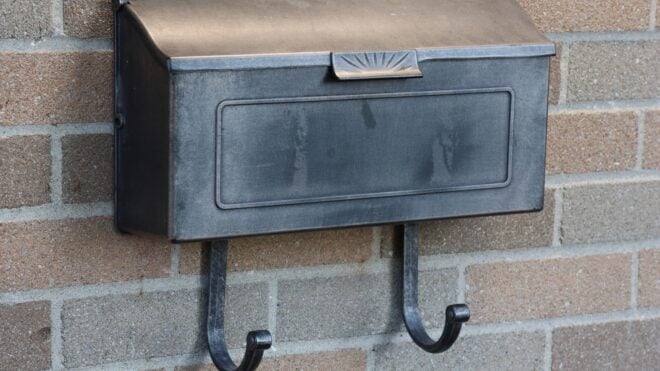
As women, we often spend more time covering our nipples than we do looking at or thinking about them. Unless you're actively breastfeeding, nipples don't get a lot of airtime (at least, not outside of the bedroom.)
It's easy to forget that nipples are extremely sensitive parts of our bodies. There are a whole host of things we should never do to them, and they deserve as much care and attention as any other part of the body.
That's why it's important to know about nipple discharge — in all of its many forms.
For instance, we all know breast milk seeping out of our nipples comes with the territory of being pregnant and caring for an infant, but there are other kinds of nipple discharge, too, and they can be bit alarming if you don't know what you're seeing.
If you're anything like me, your mind will immediately jump to the worst possible conclusions. However, there are plenty of non-sinister reasons you might be producing nipple discharge.
Scroll through to learn what the color and texture of your nipple discharge can tell you about your body.
What is Nipple Discharge?
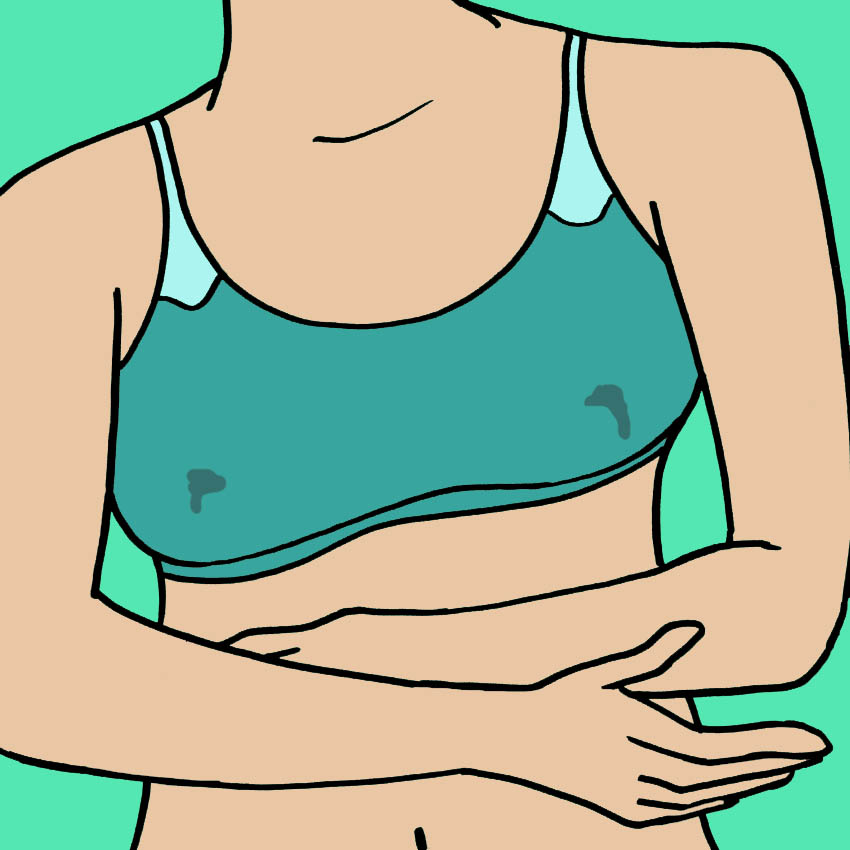
The Mayo Clinic describes nipple discharge as "any fluid that seeps out of the nipple or breast."
Interestingly, nipple discharge isn't even abnormal, but it is something you should always pay attention to.
In fact, a lot of information can be discerned by the color and texture of the discharge itself without even going to a doctor. However, it may still be wise to get a second opinion.
Discharge To Watch Out For Type 1: Milky Discharge

If you are pregnant or breastfeeding (or even just ovulating), milky discharge is the opposite of something to worry about — it just means everything is working!
With that said, women of childbearing age aren't the only ones who might see milky discharge.
Johns Hopkins Medicine explains that as women approach menopause, they undergo a normal dilation of the milk gland — called ectasia.
Sometimes, it leads to the ducts becoming blocked, which can cause fluid to get trapped and eventually leak out of the nipple.
Type 2: Bloody Discharge
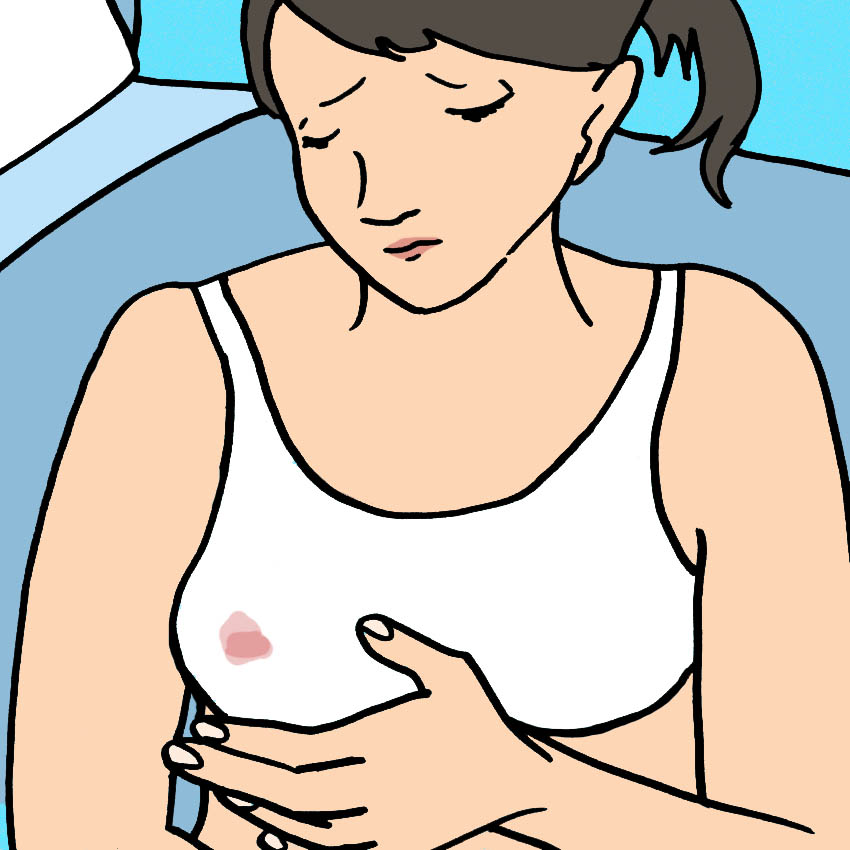
If you're breastfeeding, bleeding is likely due to mastitis or chapped nipples.
For non-breastfeeding women, chapping or chafing could also be at fault. If that's the case, chances are you can tell when the chafing occurred.
However, another more internal reason why you could see bloody discharge is because you've developed a papilloma.
John Hopkins explains that a papilloma is a wart-like growth that goes into the breast duct right near the nipple. The area is sensitive and easily prone to puncture and bleeding.
If they become bothersome, they can be surgically removed, but they are not usually dangerous.
Type 3: Greenish Discharge
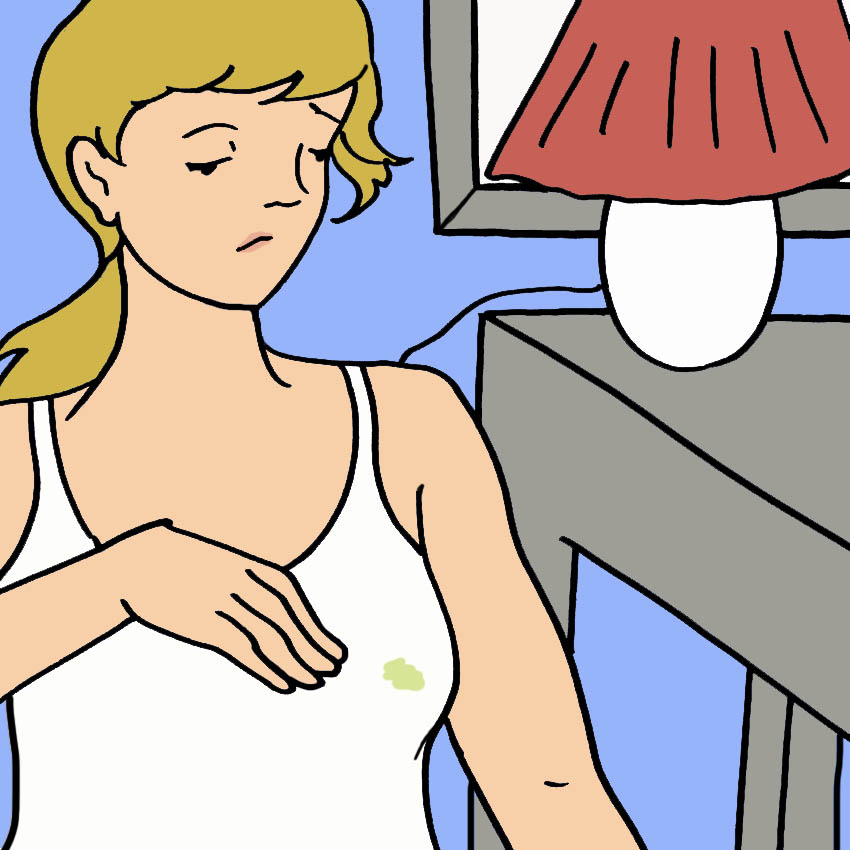
A greenish discharge sounds alarming, but the truth is that it might be nothing to worry about.
According to AMITA Health, "A thick white or greenish discharge can be expressed from the nipple of many women, particularly those who have had multiple pregnancies, nursed, or are in their thirties and forties."
Johns Hopkins also says it could be the sign of a breast cyst that is spontaneously draining.
Type 4: Clear Discharge

Clear discharge may not be as alarming as some of the other colors, but you should consult your doctor immediately if you notice your nipples secreting clear liquid.
Johns Hopkins explains that it is a symptom of abnormal cells, which can include cancer cells, but it can also be a symptom of a less alarming condition like an infection or a cyst.
Type 5: Yellow Discharge Containing Pus

Pus is your body's immune response to infection, so pus is always a sign that your breast or nipple is infected.
Nursing moms can get infections from breastfeeding, and any nipple that has been abraded or injured might be at higher risk for staph infection.
If you can't see an abnormal growth or lump on the outside, it could be an internal problem. It might be painful and unsightly, but it's unlikely to be life-threatening.
Type 6: Only From One Nipple
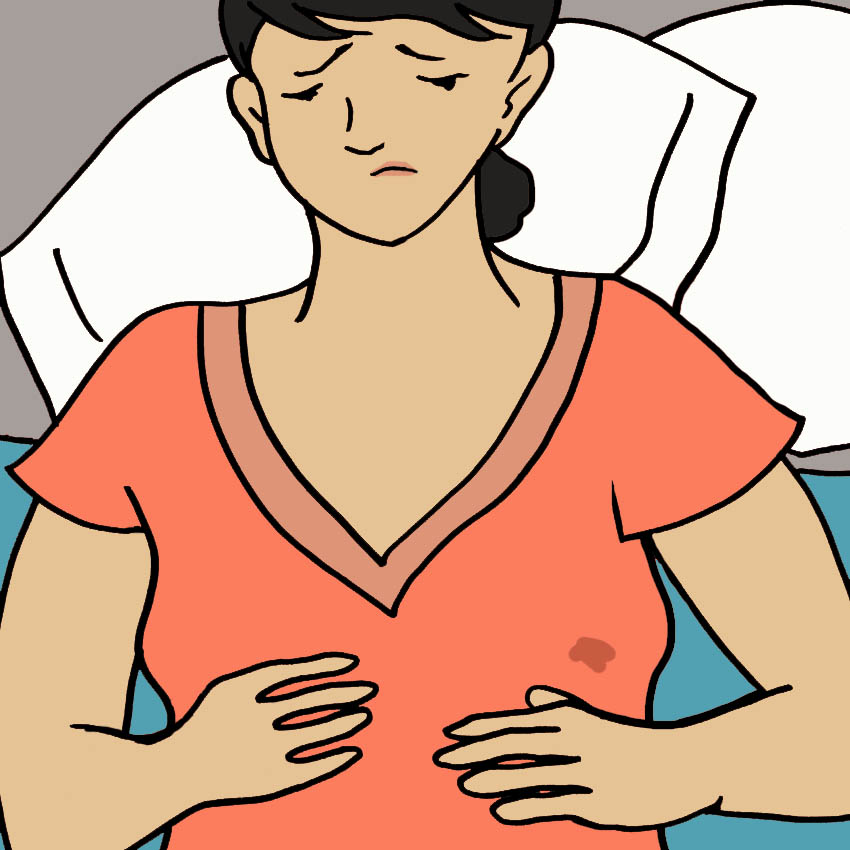
There is no rule of thumb when it comes to nipple discharge, but if it is coming from only one breast, you should see a doctor.
The Mayo Clinic lists only one nipple being affected as a possibility of breast cancer. Discharge from both breasts is a sign that something is brewing at the hormonal level, whereas discharge in just one can be a sign of abnormal cell growth.
Of course, an infection can also target just one breast, and an injury may also be one-sided, so don't panic. Just be sure to see a doctor at your earliest convenience.
When To See A Doctor

If your nipples are painful or the discharge is persistent, it is always a good idea to see your doctor.
If you aren't breastfeeding, and the secretion doesn't appear to be milk, it's better to err on the side of caution and schedule an appointment with your gynecologist.
Please make sure to SHARE this important information with your friends and family!





